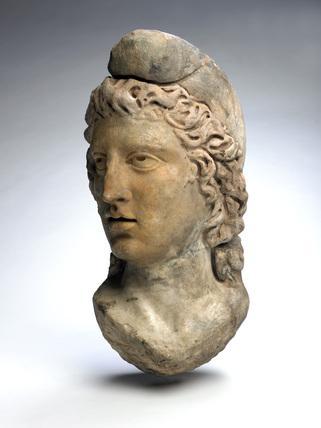The Ancient Roman Temple of Mithras in London is to form part of a new building for media organisation Bloomberg.
The temple dates to 240 AD and was removed off site to be kept in storage under the management of the Museum of London while the new premises are being constructed. However, building work has barely begun because excavations at the site have unearthed numerous ancient artefacts. The archaeological dig has turned into one of the largest ever undertaken in the City of London.
The Temple of Mithras was discovered by chance in 1952. A rectangular structure, the temple was dedicated to the god Mithras. It is thought to have been in use for a century, until it was rebuilt and rededicated to the god Bacchus.
Mithraism was practised throughout the Roman Empire from 100 to 400 AD. The cult was popular among the Roman military and Mithraic temples, known as Mithraea, were generally constructed underground in caverns, caves or underneath existing structures.
Mithraea were dark and windowless, with raised benches along the sidewalls, where devotees ate a ritual meal, and a sanctuary at the far end housing a pedestal-like altar to the god Mithras and a full-size figurative scene depicting Mithras slaying the bull. Devotees believed that everlasting life sprang from the blood spilt during ritual killing of the bull.
After being discovered, the outline of the temple was recreated a short distance from its original location on Queen Victoria Street, re-using the Roman building material from the site. However, it was not an accurate reconstruction. A recreation of the building is being planned for the redevelopment of the site.









